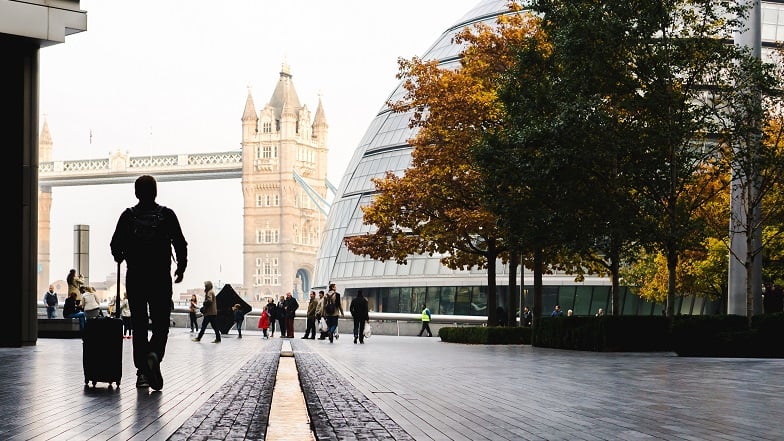TB Millennium Development Goal Deadline – 9th November 2015
Stay safe abroad with our travel health news
Here are this week’s top travel health stories. Read on to identify any special risks you need to take into acount on your next holiday, business trip or overseas contract.
TB Millennium Development Goal deadline update
TB is on the run at last. But while scientists have made excellent progress there’s still a lot to do. Tuberculosis remains, along with HIV, the world’s leading cause of death from an infectious disease.
2015 is the deadline for the special Millennium Development Goal to cut global TB cases all over the world. The goal was set in the year 2000 by the UN. The WHO’s latest annual TB report says the goal has been reached, which is cause for celebration. The spread TB has indeed been slowed. But it still killed one and a half million people in 2014 alone, while HIV killed 1.2 million.
In October the UN set a new TB target, aiming to end the global TB epidemic altogether by 2030. This will mean health authorities need to drive five times the current reduction in cases to meet the new goal, and some experts think it’s highly unlikely they’ll manage it. With very few good TB research facilities and a severe lack of funding hampering progess, it’s going to be an uphill struggle.
It’s your job to minimise the risks of catching TB. Here’s a link to our TB advice page.
TB in London – Kingston a hot spot
Dr Onkar Sahota, London Assembly healthcommittee chairman, said the report showed the disease was not from a “bygone era”, adding it is most prevalent in deprived areas. He said: “Many Londoners will be surprised to hear that TB still exists in the capital. “TB has a relationship with deprivation as well as clinical causes. “[It] affects those who most need our help: migrants, the elderly, prisoners, homeless people and those who are marginalised from society.” A third of London boroughs have been classed as high incidence, meaning they have rates of infection comparable with countries such as Algeria and Iraq.
It just goes to show that we face health risks at home as well as abroad, and it’s sometimes just as important to be aware of how to stay safe in Britain as it is abroad.
Worldwide yellow fever vaccine shortage
There’s is no cure for yellow fever, but broad immunisation involving 70% of people in at-risk areas helps keep it under control. But there are issues. Things are looking dangerous right now with immunisation levels under threat and serious lapses in coverage.
Right now there are around 200,000 YF cases per year and 30,000 deaths. Africa is home to 14 of the 17 highest risk nations and sees 90% of yellow fever fatalities. Now there’s a shortfall, with not enough vaccine to cope. According to UNICEF the world is only currently producing around half of the vaccine needed. They also say the disease’s recent resurgence marks a classic case of complacency. When routine immunisations are not kept up and the supply of vaccine doesn’t meet the world’s needs, it’s a recipe for disaster.
Bill and Melinda Gates have stepped into the fray with extra investment in the Institut Pasteur de Dakar, which makes the vaccine in Senegal. But more YF vaccine is needed, and it’s needed fast. Africa also needs to put in place an integrated system of vaccine production and administration wherever there’s sub-standard coverage. And there are concerns about a growing black market in fake yellow fever vaccination cards.
All this makes it even more important than ever to get your YF vaccination before heading to at-risk countries. We have YF vaccine supplies for travellers, no problem at all. Here’s a link to the relevant page.
Child malaria vaccine trials
The World Health Organisation and Malaria Policy Advisory Committee have recommended pilot projects to find out how to best use a vaccine protecting young children against malaria, working together for the first time to pin down the evidence. The vaccine, called RTS,S, is the first ever vaccine for malaria, but a child needs a series of 4 doses to get full protection, which complicates things for some nations’ unsophisticated healthcare systems.
Three doses are given a month apart, then there’s an 18 month gap. But if kids don’t get the fourth dose, there’s no reduction in the risk of malaria. The fourth dose is absolutely essential. After assessing all the available evidence, the recommendation is for 3-5 large pilot implementation projects to be set up to test ways of delivering the vaccine most effectively, to the biggest number of children at risk.
The vaccine works agaqinst the most deadly version of the disease and the one most common in Africa, Plasmodium falciparum. But it doesn’t help at all when faced with the P. vivax malaria, the type most common outside Africa. Right now it is being tested as a ‘complementary malaria control tool’ to add power to already-proven core malaria preventions, diagnoses and treatments.
Ebola – new cases in Guinea
The WHO reports two new Ebola cases in Guinea, the last remaining African nation where new cases from the 2014-15 outbreak are still popping up.
Going abroad soon? Come back next week and find out the current disease risks around the world. Is it safe where you’re going, or should you be prepared to take extra care?
